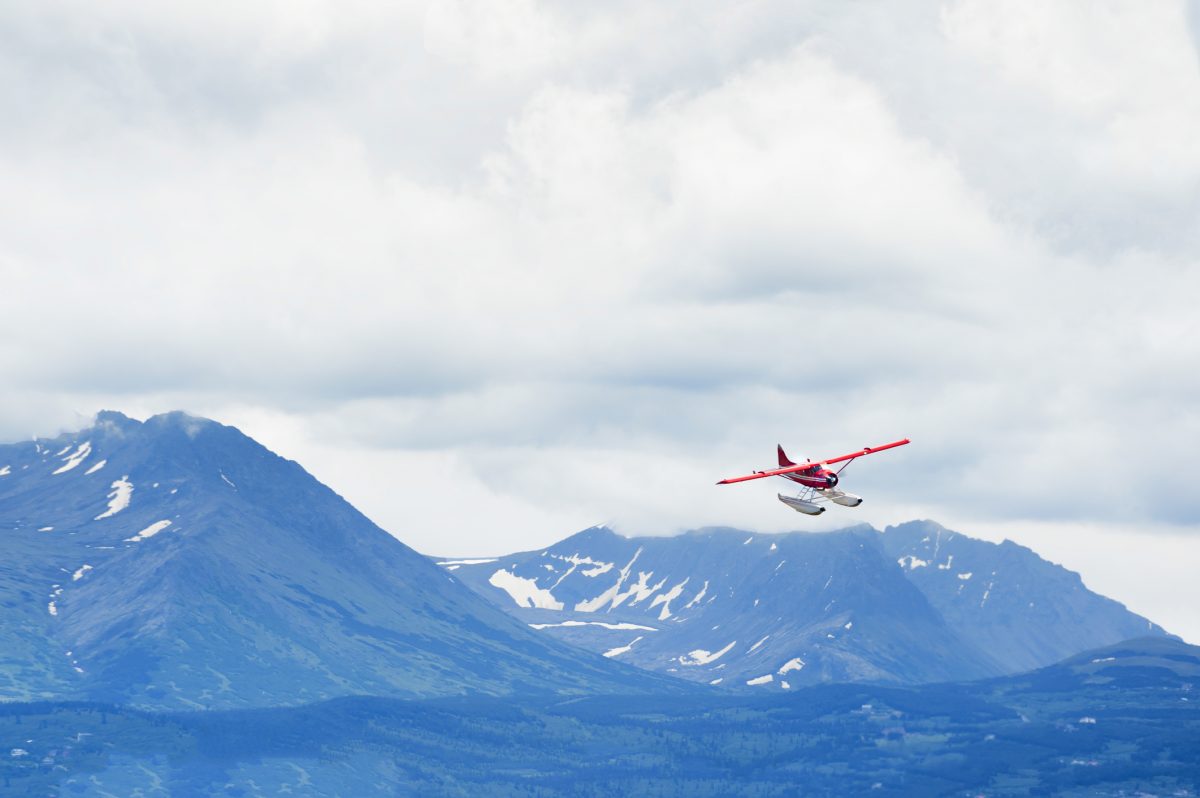
Controlled Flight into Terrain (CFIT) is one of the top three causes of general aviation accidents, claiming up to 17% of all GA fatalities, according to the FAA. CFIT is an event that occurs when an airworthy aircraft, under complete pilot control, is inadvertently flown into terrain, a body of water, or an obstacle. Often, the pilot is unaware of the impending danger until it’s too late to prevent an accident.
The FAA states that about 41 percent of CFIT accidents occur during the final approach or landing phase of flight, although CFIT may also occur during the takeoff, initial climb, and cruise segments.
What are some of the contributing factors to CFIT?
There are a number of factors that may contribute to CFIT accidents, many of which are preventable. Here are just a few:
Pilot error
The most common reason for CFIT is pilot error, frequently due to a loss of situational awareness. Spatial orientation is one aspect of situational awareness. When a pilot is spatially disoriented, he or she is either unsure or mistaken about the aircraft’s position in relation to surrounding terrain. Degraded situational awareness, particularly a lack of understanding of the aircraft’s geographical position and attitude, can lead to poor decision making and mistakes.
Visibility and weather
While it would make sense for most of CFIT accidents to occur during nighttime flights, the majority (over 75 percent) of CFIT accidents actually occur in daylight, and more than half occur in visual conditions. Nevertheless, flying Visual Flight Rules (VFR) into Instrument Meteorological Conditions (IMC) is one of the deadliest precursors to CFIT accidents. In a study of a group of 41 CFIT accidents, 25% of the accidents were preceded by continued VFR into IMC, all of which were fatal.
Pilot fatigue, distraction or disorientation
Faced with fatigue, distraction, or disorientation, even highly experienced pilots can make mistakes. In most GA operations, there is only one pilot who is responsible for handling the entire in-flight workload. Therefore, it’s essential that GA pilots remain vigilant about safety procedures and resist becoming complacent. Always fly well-rested and stay alert. Avoid distractions, especially during critical phases of flight. By planning ahead, you can keep your workload low and prevent too much “head down” time.
What can pilots do to help prevent CFIT?
Plan ahead
Before any flight, be prepared with accurate and complete weather briefings. Because weather is so dynamic, you should always be open to adjusting your plans if the weather turns. Don’t let “Get-Home-Itis” get the best of you.
Employ technology but be aware of limitations
Today, advanced ground proximity terrain awareness warning systems are available to help pilots prevent CFIT on takeoffs and landings. While these systems and devices are valuable tools to have in the cockpit, they do have limitations. Avoid becoming overdependent on technology and always remember to fly the airplane first.
Evaluate risks and know your personal minimums
Effective risk management is critical to preventing the possibility of a CFIT accident. Use the PAVE acronym (Pilot, Aircraft, EnVironment, and External Pressures) to conduct a personal risk assessment before flying. During flight, maintain situational awareness at all times. Know your personal minimums and recognize when it’s time to turn around.
Maintain proficiency and receive ongoing training
The importance of proficiency cannot be emphasized enough. Modern flight simulators and flight training devices make it easier and more convenient than ever before to keep your skills sharp. Take advantage of these training tools between flights and make it a personal goal to receive ongoing proficiency training with an instructor, including scenario-based training. Invest in your safety and skills – you will thank yourself later!